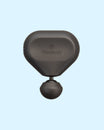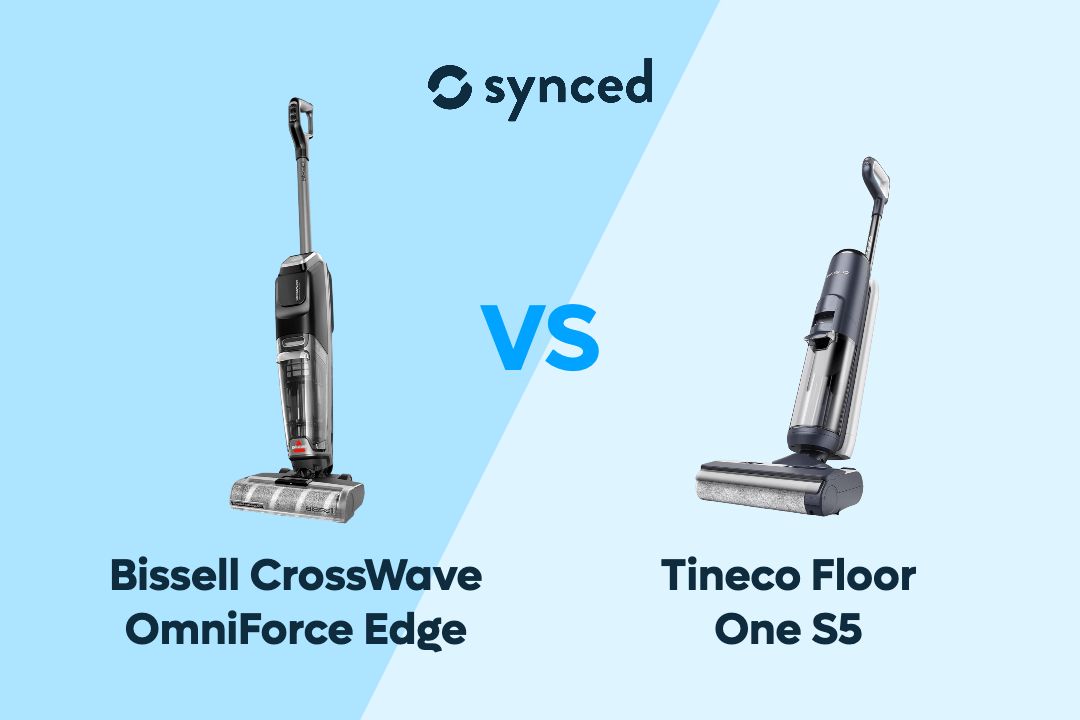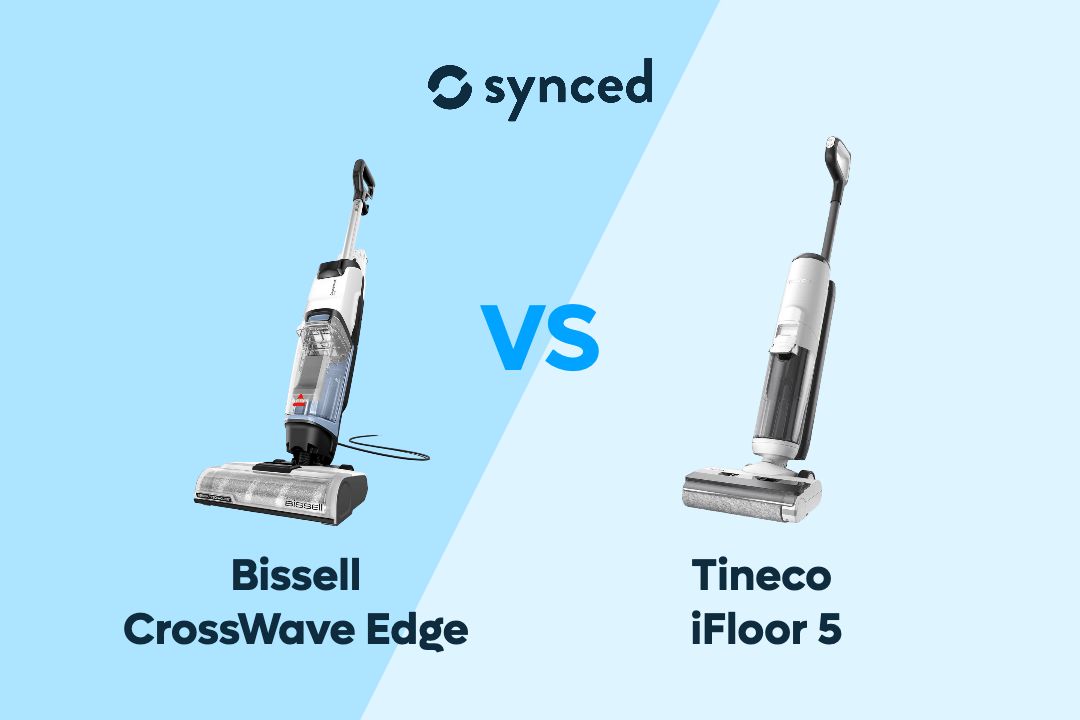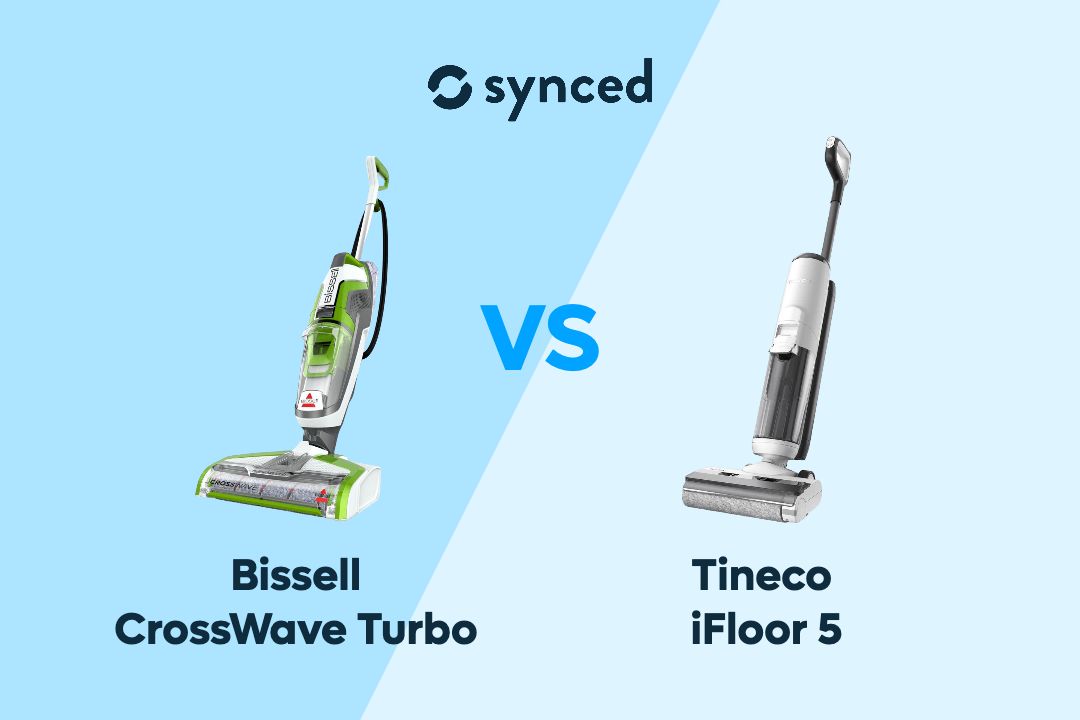Google Nest WiFi Pro vs TP-Link Deco XE75: Best Wi-Fi 6E Mesh Routers Comparison
By Naila Syifa
Updated August 2023

Wi-Fi 6E is currently the latest and fastest Wi-Fi protocol available on the market. It provides lower latency, congestion-free, and less interference to the network, making it ideal for online gaming and high-quality video streaming.
Google Nest WiFi Pro and TP-Link Deco XE75 are some of the most popular mesh routers that support Wi-Fi 6E. Both offer reliable and fast internet connectivity for your home, but which one is better?
In this article, we'll compare the two systems in terms of price, technical specs, design, features, and setup, to help you make an informed decision.
| Specs | Google Nest WiFi Pro | TP-Link Deco XE75 (AXE5400) |
|---|---|---|
| Price | $239.99 (2-Pack) | $269.99 (2-Pack) |
| Color | Fog, lemongrass, linen, snow | White |
| Wi-Fi Protocol | Wi-Fi 6E | Wi-Fi 6E |
| Frequency Band | Tri-Band (2.4 GHz, 5 GHz, 6 GHz) | Tri-Band (2.4 GHz, 5 GHz, 6 GHz) |
| Maximum Range (2 Routers) | 4400 sq. ft. | 5500 sq. ft. |
| Data Transfer Rate | 5400Mbps | 5400Mbps |
| Processor | 1.0 GHz Dual-Core | 1.7 GHz Quad-Core |
| RAM | 1 GB | 512 MB |
| Storage | 4 GB | 128 MB |
| Number of Ports | 2 Ethernet | 3 Ethernet |
| Ethernet Backhaul Support | Yes | Yes |
| Parental Control | Yes, free | Yes, more with a subscription |
| Network Security | Yes, free | Yes, more with a subscription |
| Smart Home Compatibility | Google Home | Amazon Alexa |
| Matter-Enabled | Yes | No |
| Thread Border Router | Yes | No |
Key Takeaways
TP-Link Deco XE75 provides wider coverage of 5500 sqft with more support for 200 devices, compared to Google Nest WiFi Pro's 4400 sqft coverage for up to 100 devices. However, Google Nest WiFi Pro offers all of its features for free while Deco XE75 requires subscriptions for some. Google Nest WiFi Pro also support Matter and Thread, the new smart home connectivity standard for the future.

Google Nest WiFi Pro
Future-Proof with Essential Features
✓ WiFi 6E, 4400 sq. ft. coverage, 5.4Gbps speed
✓ 1.0 GHz Dual-Core, 1 GB RAM, 4 GB storage
✓ Free parental control and internet security
✓ Google Home, Matter, Thread

TP-Link Deco XE75 (AXE5400)
More with Subscription
✓ WiFi 6E, 5500 sq. ft. coverage, 5.4Gbps speed
✓ 1.7 GHz Quad-Core, 512 MB RAM, 128 MB storage
✓ Full parental control and internet security with subscription
✓ Amazon Alexa
#1 Price

TP-Link Deco XE75 (AXE5400)
When it comes to price, the Google Nest WiFi Pro is slightly more affordable than the TP-Link Deco XE75. The Deco XE75 costs around $269.99 for a set of two units, while the Google Nest WiFi Pro costs around $239.99 for a set of two units. However, the price may differ depending on where you purchase the product and what promotions or discounts are available at the time of purchase.
#2 Technical Specs

Google Nest WiFi Pro
Both the Google Nest WiFi Pro and the TP-Link Deco XE75 support Wi-Fi 6E, the next generation of Wi-Fi protocol that offers faster speeds, lower latency, and support for the new 6 GHz frequency band. Both routers have a maximum speed of 5400 Mbps, but the Deco EX75 provides wider coverage of up to 5500 sq. ft. compared to the Google Nest WiFi Pro which provides coverage of up to 4400 sq. ft.
With a 1.7 GHz Quad-Core CPU, the TP-Link Deco XE75 offers better performance and multitasking capability, compared to the processor of the Google Nest WiFi Pro which is a 1.0 GHz Dual-Core CPU. Additionally, Deco XE75 claims to have the ability to provide connections to up to 200 devices, while the Google Nest WiFi Pro can handle up to 100 devices for optimal operation. However, the Nest WiFi Pro has more RAM of 1 GB and storage of 4 GB, compared to the Deco XE75 which has 512 MB of RAM and 128 MB of storage.
#3 Design

TP-Link Deco XE75 (AXE5400)
The Google Nest WiFi Pro and TP-Link Deco XE75 have different designs. TP-Link Deco XE75 is cylindrical with a slightly bigger dimension of 4.1 x 6.7 inches and 475 gr weight, while the Google Nest WiFi Pro is oval-shaped and slightly smaller with dimensions of 4.6 x 5.1 inches and weight of 450 gr.

Google Nest WiFi Pro
TP-Link Deco XE75 provides more ports, with two Gigabit Ethernet ports and one 2.5Gbps port, while the Google Nest WiFi Pro only has two Gigabit Ethernet ports. However, Deco XE75 is only available in white, while Google Nest WiFi Pro offers various colors including fog, lemongrass, linen, and snow.
#4 Features

TP-Link Deco XE75 (AXE5400)
Both mesh routers offer parental controls. Google Nest WiFi Pro allows you to block access to certain websites or content, set Wi-Fi schedules, internet time-outs, and more at no additional cost with the Google Home App. TP-Link Deco XE75 provides similar features, such as setting custom time limits, content filters, setting bedtime, granting time rewards, and so on. However, full access to the features requires a subscription to HomeShield Pro which costs $5.99 per month.
HomeShield Pro also keeps your home network safe with IoT protection, malicious site blocker, intrusion prevention, data encryption, and more. Google Nest WiFi Pro offers similar security features for free, such as automatic security updates, encryption, hack protection, and so on.

Google Nest WiFi Pro
One of the features you can access without the HomeShield Pro subscription in Deco XE75 is the customizable Quality of Service (QOS). You can set priority devices for better network performance and set a schedule to assign network priority to a specific device at a specific time. Google Nest WiFi Pro also offers a QOS feature for free, in which you can set a priority device for up to 8 hours. It also comes with Auto-QOS that intelligently prioritize things like video calls.
One capability that sets Google Nest WiFi Pro apart from the TP-Link Deco XE75 is its built-in Matter-compatible Thread border router. This means, you can use the Nest WiFi Pro router as a smart home hub for Matter and Thread-compatible devices, which allows you to control your smart home devices using a single app. Matter and Thread is the new smart home connectivity standard for the future, making Google Nest WiFi Pro a more future-proof option.
#5 Setup

TP-Link Deco XE75 (AXE5400)
Both systems are easy to set up, you will only need to connect the main router to a modem, download their apps (Google Home App for Google Nest WiFi Pro and Deco App for TP-Link Deco XE75), then follow the in-app instructions to set up the mesh network and configure settings and features.
However, it is important to note that the Google Nest WiFi Pro is only compatible with other Google Nest WiFi Pro to create a mesh network. In contrast, Deco XE75 offers more flexibility as it is compatible with other Deco models to form a mesh network.
Google Nest WiFi Pro vs TP-Link Deco XE75 (AXE5400)
Final Thoughts

Google Nest WiFi Pro
Google Nest WiFi Pro offers all of its features for free, including parental controls, network security, QoS, support for Matter and Thread, and more. TP-Link Deco XE75 requires subscription for some features, but it has a better processor, wider coverage, and more Ethernet ports than the Nest WiFi Pro.
Ultimately, the choice between the two routers depends on your priorities, budget, and requirements. You should consider what aspect is most important to you and adjust your decision accordingly.
If you like to read more about Wi-Fi Mesh Systems, check out our other relevant guides here:
Best Wi-Fi Mesh Systems in Singapore (2023)
Asus ZenWiFi AX (XT8) vs Orbi AX6000 (RBK852): Wi-Fi 6 Mesh Routers Comparison
Asus ZenWiFi AX (XT8) vs Eero Pro 6: Which One is the Better Wi-Fi 6 Mesh Router?
Asus ZenWiFi AX (XT8) vs Google Nest WiFi Pro: Which is the Better Wi-Fi Mesh System?
Don't miss out on tech
Subscribe to our newsletter to stay up to date on the latest tech trends and guides on the best gadgets around.







